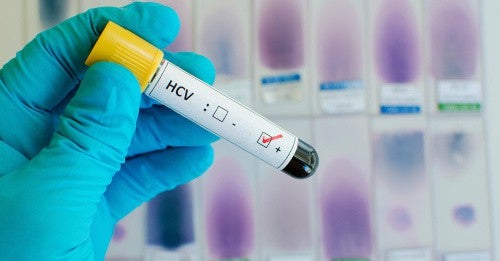 A recent study published in July 2018 in the journal Advances in Therapy discusses the findings made by researchers who compiled the most comprehensive dataset available to describe the current hepatitis C landscape in the U.S. The study covers from 2013-2016, and, among other concerning statistics, shows a 234% increase in confirmed hepatitis C positive patients during this timeframe.
A recent study published in July 2018 in the journal Advances in Therapy discusses the findings made by researchers who compiled the most comprehensive dataset available to describe the current hepatitis C landscape in the U.S. The study covers from 2013-2016, and, among other concerning statistics, shows a 234% increase in confirmed hepatitis C positive patients during this timeframe.
The researchers used data from two large national laboratory companies responsible for processing the majority of the U.S.’s hepatitis C screenings. This information also included data on age, gender, health care payer, the specialty of the ordering physician, and geographical location of the patients. Researchers were also able to analyze additional clinical characteristics of the patients such as hepatitis C genotype, fibrosis score, HIV status, and when the patients started and completed treatment.
The creation of this dataset is a breakthrough because there is is currently a fragmented matrix of hepatitis C data in this country, due to a lack of fiscal and personnel resources to properly monitor the disease, plus a long-standing lack of political and societal will to prioritize hepatitis C initiatives. The dataset provides reliable detailed statistics from across the country of the effects of the hepatitis C epidemic, and can provide the quantified evidence of the impact of hepatitis C that can support efforts by legislators and advocates to improve resource allocations for hepatitis C initiatives in the U.S. Numbers and stats are key to grabbing the attention of the public and policymakers, and giving them a clear understanding of the impact of this disease on the public’s health.
Some of the key findings of the study is that the number of confirmed cases of hepatitis C skyrocketed from 200,066 in 2013 to 469,500 in 2016. The majority of these cases occurred in people ages 18-49 (39.95%), and most of these cases showed that the patient had no liver damage (F0 fibrosis score – 30.92%), indicating that these were relatively new infections that have not yet caused significant liver damage. These findings correlate with the connection between the rising rates of hepatitis C and the opioid epidemic that is primarily affecting those in the 18-40 age range.
Another alarming finding from this study is that in each year analyzed, only a fraction of the patients diagnosed show to have been treated or cured of the disease, even though medication that cures hepatitis C has been on the market for years. In 2016, 65% of diagnosed patients analyzed in this study were untreated.
This country can no longer ignore the need to take swift and significant action to eliminate hepatitis C. The data compiled in this study will be an invaluable asset to policymakers and advocates fighting to improve hepatitis C health outcomes, but it shines a harsh light on how poorly this country’s health care system is addressing this crisis. Hopefully the results of this study will spur more action to reverse these exponentially rising rates of infection.



